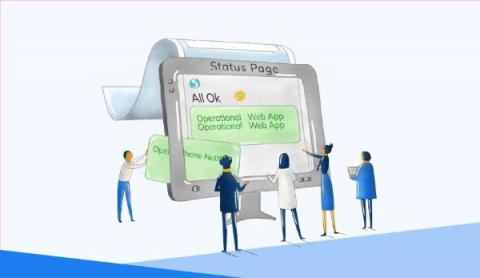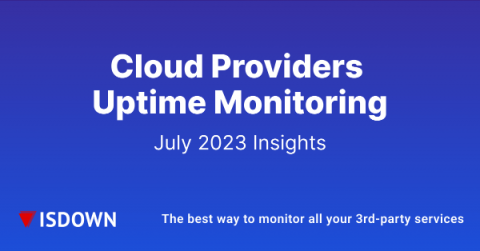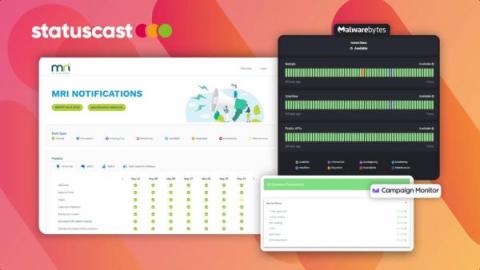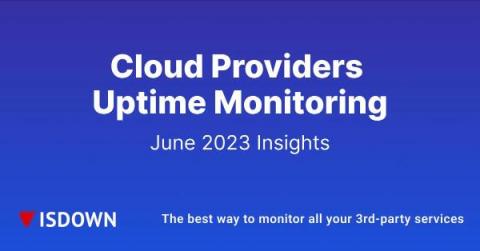Operations | Monitoring | ITSM | DevOps | Cloud
Status Page
The latest News and Information on Status Pages and related technologies.
Unveiling Squadcast's Enhanced Status Pages
Cloud Provider Uptime Monitoring: July 2023 Insights
Check our July 2023 health report on the top most popular cloud providers. We analyze the health of the cloud providers based on the number of outages and problems during the month. The source of the data is made available by the cloud providers themselves via their status page. We normalize it and use it to generate the report.
Why you need an internal status page
When we launched incident.io Status Pages a few months ago, we stressed the importance of communicating clearly with your customers about ongoing issues. To help with this, we spent a lot of time carefully designing a status page that’s easy to understand for everyone - whether they come from a technical background, work in a different area, or just want to get on with their day.
Looking Beyond Atlassian StatusPage: The 5 Best Alternatives
Limitless Status Page Customization - Unlocked
Maintaining a comprehensive and engaging status page is the cornerstone of an effective incident communication strategy, yet too many companies limit themselves in this respect. Some rely on an assortment of disjointed application monitoring and manual incident notifications, while others look to the cheapest status page they can find.
How to communicate incidents using status pages
How we achieved pixel-perfect polish during our Status Pages launch
A few months ago, we released Status Pages. This project was quite different from anything we’ve approached before, given that: And our goals were a departure from one's we had set in the past: With this in mind, we worked closely with our designer throughout the process of building Status Pages. Here is how we approached it and a few lessons we learned along the way!
Upgrade Your Incident Response with IsDown and Squadcast Integration
We're thrilled to announce another significant feature release: the integration of IsDown with Squadcast. This integration brings a powerful addition to your incident management and SaaS outage monitoring toolkit, strengthening the reliability of your business and its response to any downtime. Squadcast is a top-tier incident management tool that works to improve site reliability engineering (SRE) techniques by providing seamless incident responses.
Cloud Provider Uptime Monitoring: June 2023 Insights
Check our June 2023 health report on the top most popular cloud providers. We analyze the health of the cloud providers based on the number of outages and problems during the month. The source of the data is made available by the cloud providers themselves via their status page. We normalize it and use it to generate the report.









